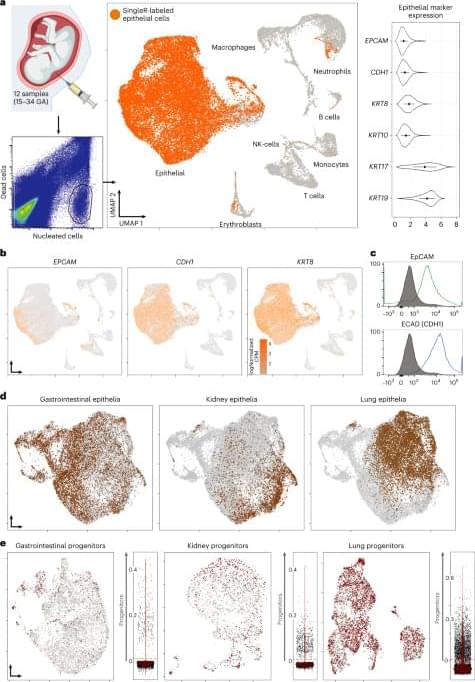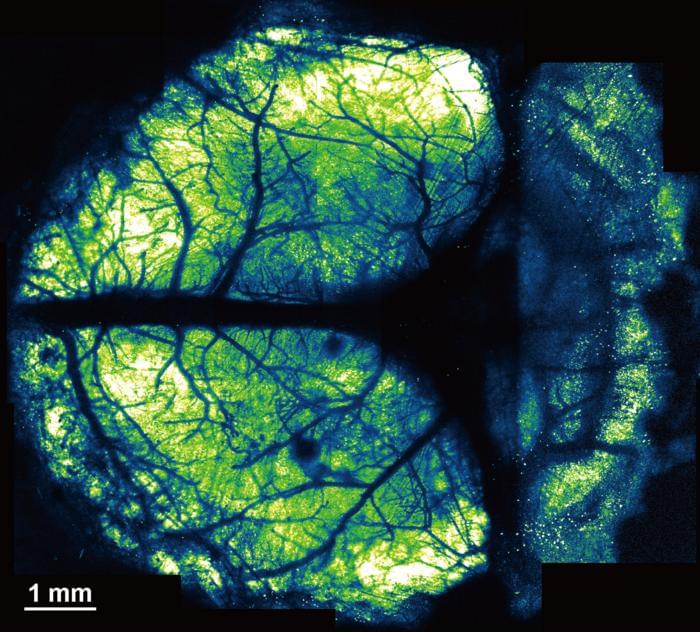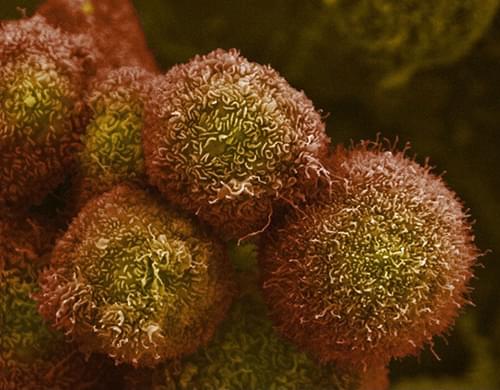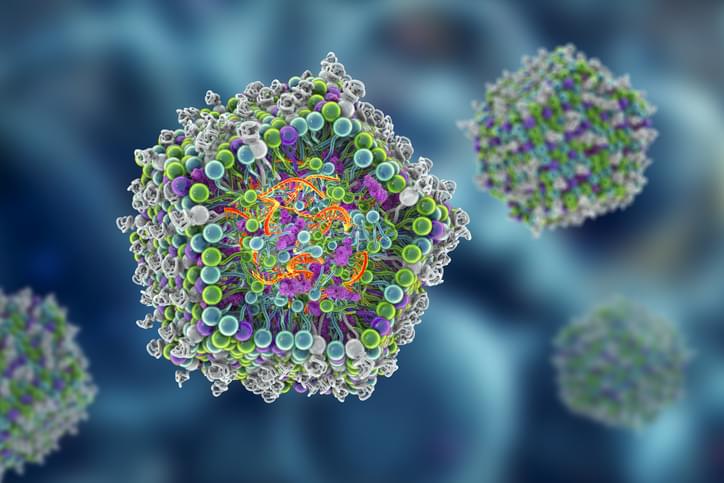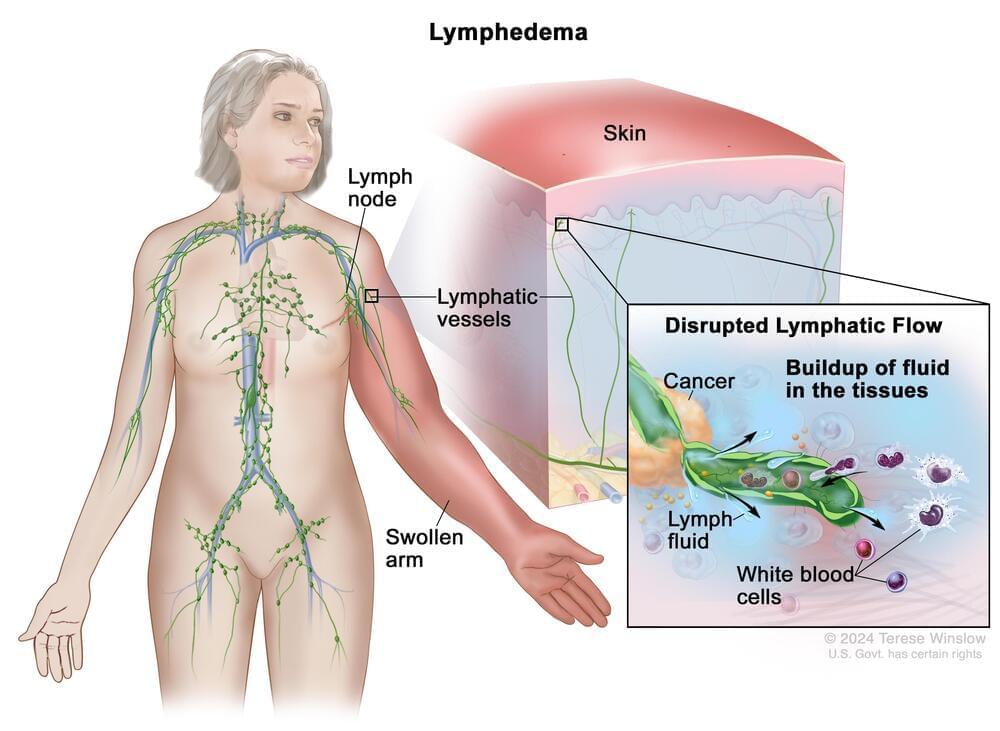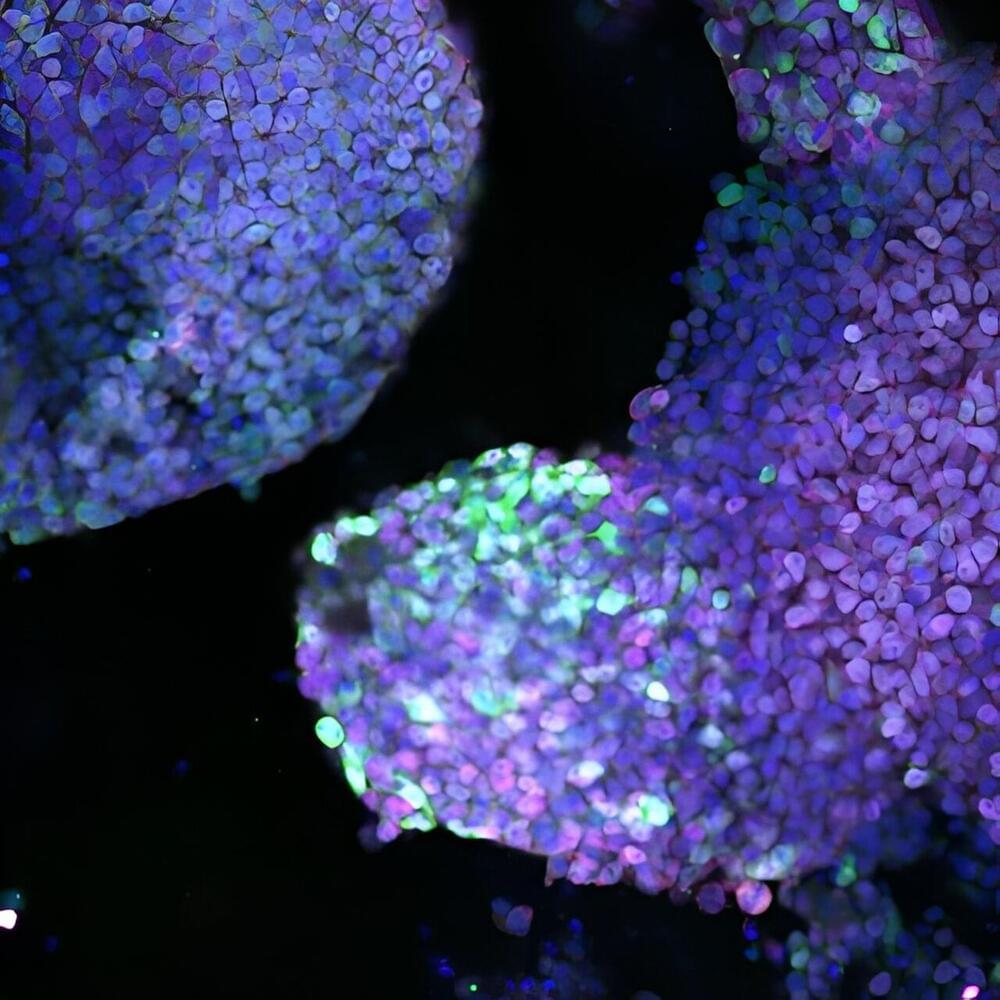
In a collaborative study, researchers from Kyushu University and Harvard Medical School have identified proteins that can turn or “reprogram” fibroblasts—the most commonly found cells in skin and connective tissue—into cells with similar properties to limb progenitor cells. Publishing in Developmental Cell, the researchers’ findings have enhanced our understanding of limb development and have set the stage for regenerative therapy in the future.
Globally, close to 60 million people are living with limb loss. Amputations can result from various medical conditions such as tumors, infections, and birth defects, or due to trauma from industrial accidents, traffic accidents, and natural disasters such as earthquakes. People with limb injuries often rely on synthetic materials and metal prostheses, but many researchers are studying the process of limb development, with the aim of bringing regenerative therapy, or natural tissue replacement, one step closer as a potential treatment.
“During limb development in the embryo, limb progenitor cells in the limb bud give rise to most of the different limb tissues, such as bone, muscle, cartilage and tendon. It’s therefore important to establish an easy and accessible way of making these cells,” explains Dr. Yuji Atsuta, lead researcher who began tackling this project at Harvard Medical School and continues it as a lecturer at Kyushu University’s Graduate School of Sciences.
